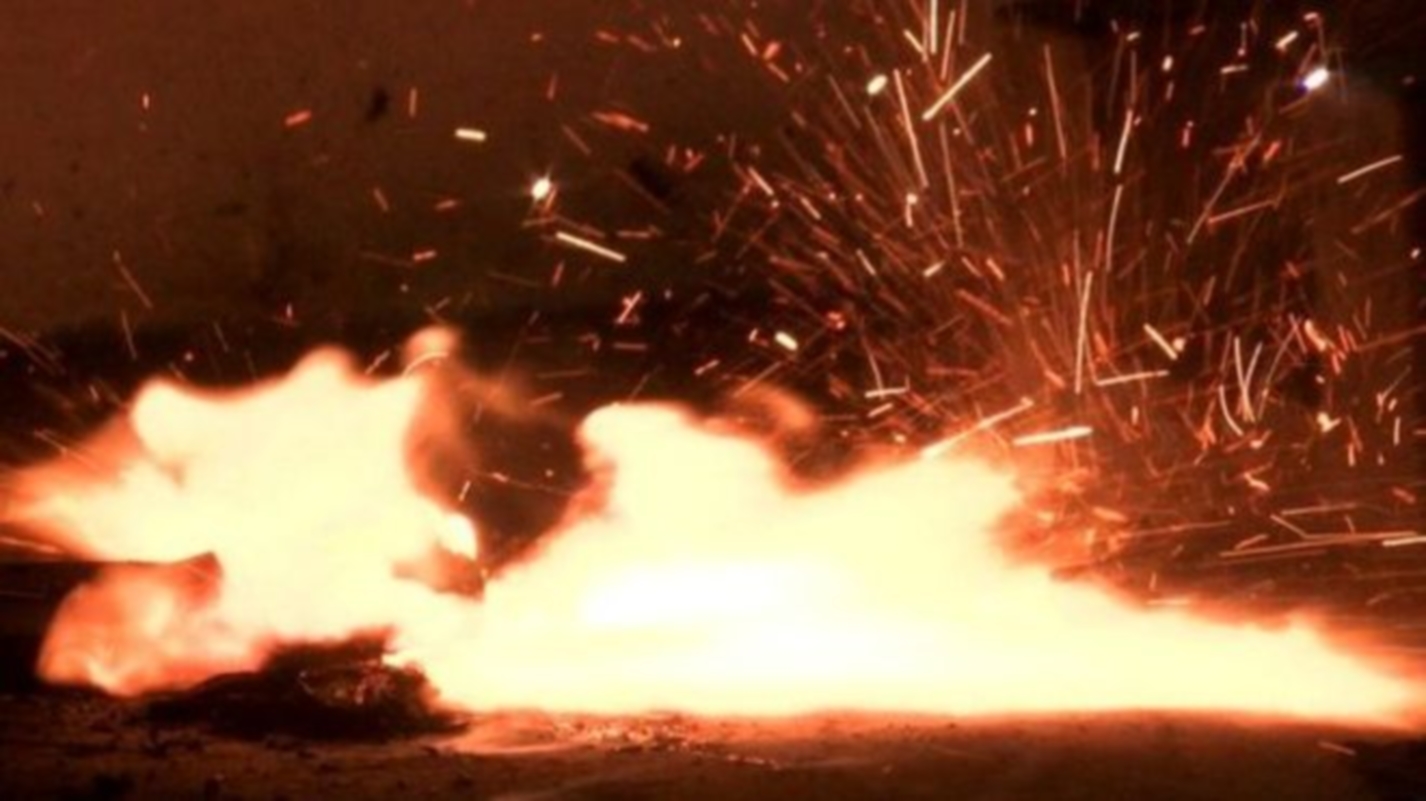Combustible Metals

Do you have any combustible metals or combustible metal compounds in your laboratory? If so, you will need to have a type D fire extinguisher. In the event of a fire, types A, B, and C fire extinguishing agents will react with combustible metals. Therefore, unique agents such as potassium and sodium are used in type D fire extinguishers to put out fires with combustible metals. Type D fire extinguishers are yellow and have a five pointed star on them. Please contact EHS at (313)593-0921 if you are in need of this type of fire extinguisher.
The following is a list of combustible metals that require a type D fire extinguisher:
- calcium
- cerium
- cesium
- lithium
- lutetium
- magnesium and magnesium alloys
- neodymium
- phosphorus
- potassium
- potassium-sodium alloys
- rubidium
- sodium
- strontium
- aluminum (powder)
- beryllium (powder)
- nickel catalyst (Raney)
- titanium (powder)
- zinc (powder)
- zirconium (powder)
- aluminum phosphide
- calcium carbide
- gallium arsenide
- gallium phosphide
- lithium aluminum deuteride
- lithium aluminum hydride
- lithium aluminum hydride bis(tetrahydrofuran)
- lithium amide
- lithium borohydride
- lithium-6 deuteride
- lithium hydride
- lithium tetraphenylborate tris(1,2-dimethoxyethane)
- lithium tri-tert-butoxyaluminohydride
- magnesium hydride
- phosphorus pentasulfide
- potassium hydride
- Red-Al
- sodium aluminum hydride
- sodium bis(2-methoxyethoxy)aluminum hydride in toluene
- sodium borohydride
- sodium borohydride cobalt-doped
- sodium borohydride on alumina
- sodium hydride
- zinc phosphide
Environmental Health and Safety
Phone:
313-583-6679
Fax:
313-493-9161
